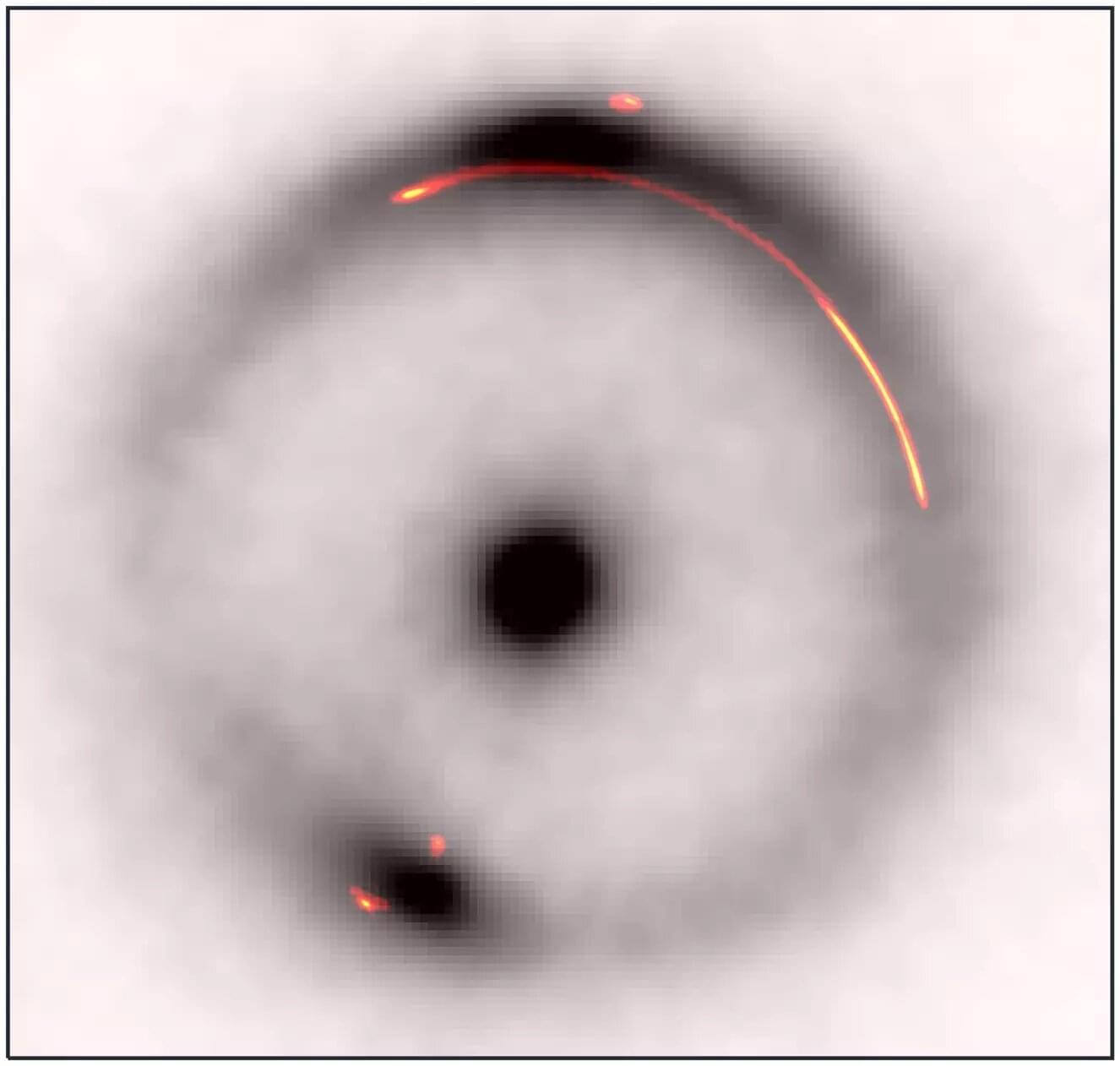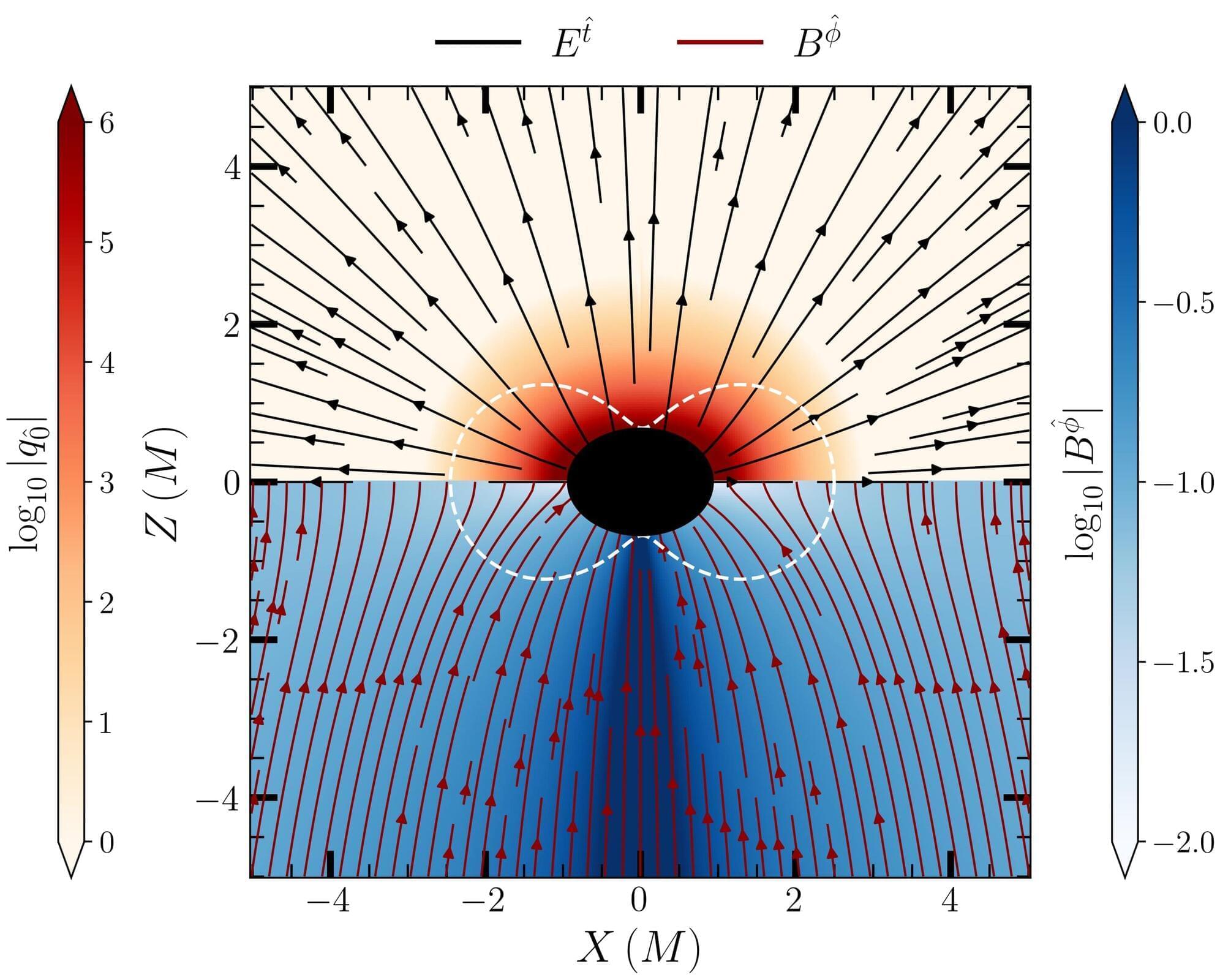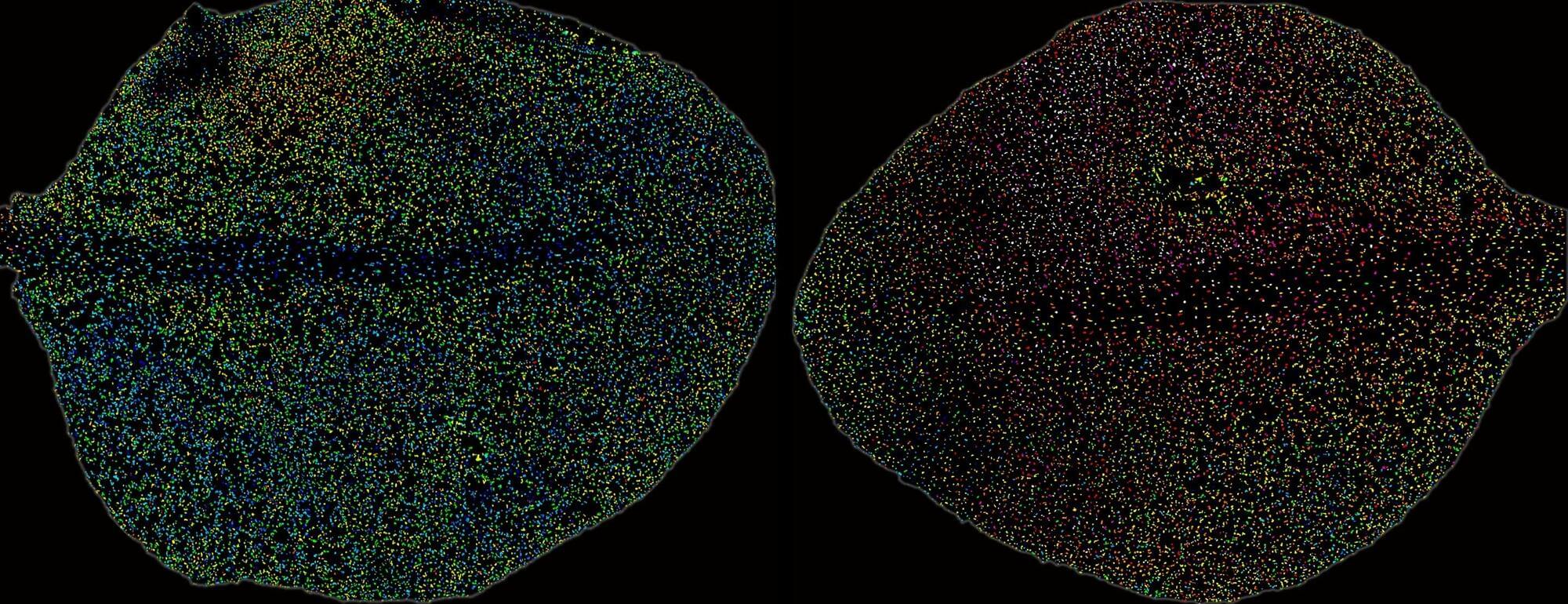Dark matter is an enigmatic form of matter not expected to emit light, yet it is essential to understanding how the rich tapestry of stars and galaxies we see in the night sky evolved. As a fundamental building block of the universe, a key question for astronomers is whether dark matter is smooth or clumpy, as this could reveal what it is made of. Since dark matter cannot be observed directly, its properties can only be determined by observing the gravitational lensing effect, whereby the light from a more distant object is distorted and deflected by the gravity of the dark object.
“Hunting for dark objects that do not seem to emit any light is clearly challenging,” said Devon Powell at the Max Planck Institute for Astrophysics and lead author of the study. “Since we can’t see them directly, we instead use very distant galaxies as a backlight to look for their gravitational imprints.”
The research is published in the journal Nature Astronomy.









